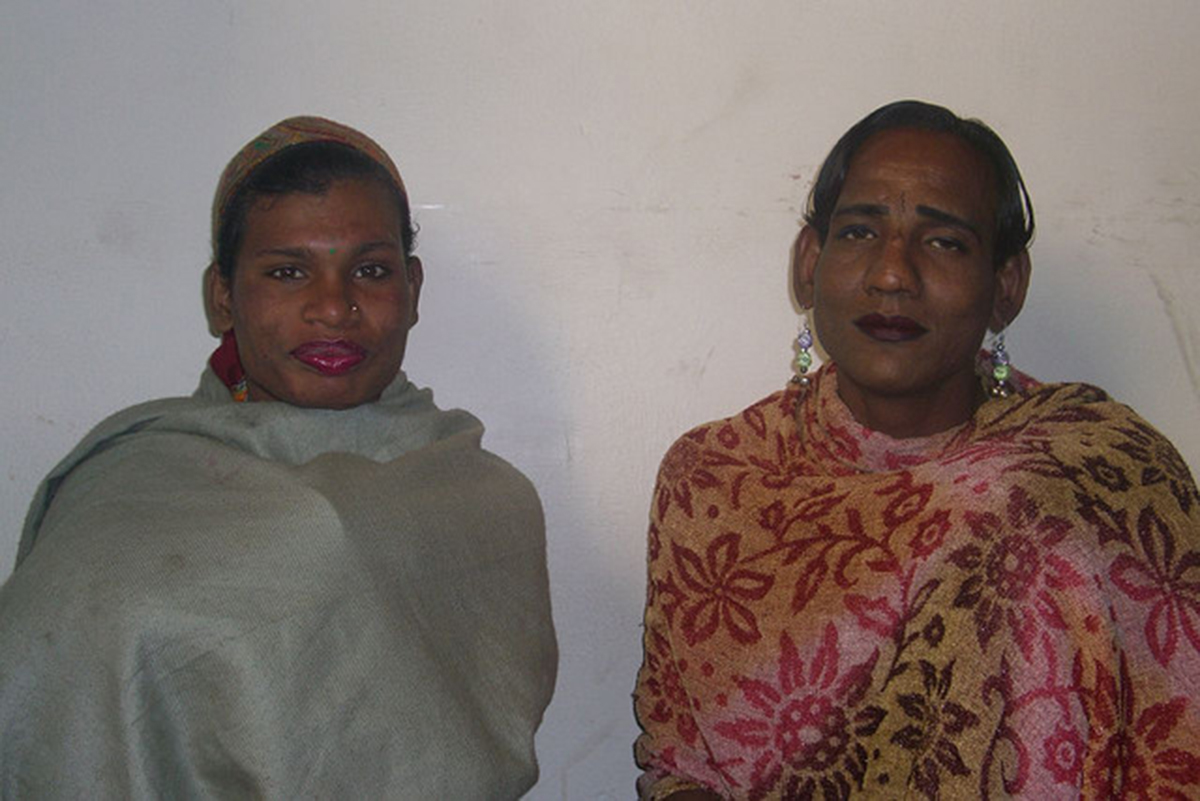Table of Contents
India has a strained and unique relationship when it comes to dealing with the transgender community. These people have been denied their rights, find it difficult to find housing or jobs and are often ridiculed or mistreated.
This is particularly strange because history has shown that transgender women, or hijras as they are referred to, were considered harbingers of good luck and fertility and were given an important place during religious rituals. Somewhere along the way, however, this transgender community lost its happy relationship with society.

The History Of The Hijra Community
Hijras were mentioned as far back as 4000 years ago. They also have a place in some of the earliest written epics in both Hindu and Muslim mythology. Their community usually comprised that of a "mother" or mentor who would take under her care the "daughter"’ and then train her to follow the rituals and practices of their community.
The hijra community usually existed as a hijra only dwelling, although there were few restrictions on them living amidst other people. This is slightly different than the eunuchs described in Muslim literature since those were sexually inactive and did not dress as women.
The word hijra has come to denote eunuchs who dress as women and earn their living through alms earned by their presence at religious ceremonies, blessing new born babies and newlywed couples.
Religion
The hijra community prays to a number of deities and gods that embody the combining of the male and female selves in Hindu Mythology. The most popular among these is the god Shiva, one of whose avatars is half man and half woman. There are plenty of other great figures in Hinduism like the warrior Arjun, who lived as a eunuch for a year, Krishna, and Buhuchara Mata,the mother goddess.
Social structure
There are many ways in which people come to be hijras. They can be born eunuchs who are shunned by their families and given over to the hijra community. They may be people who were born as men but felt more like women trapped inside a man’s body. Such people can undergo castration and then join the hijras or they may be men who still maintain their own sex organs but for all intents and purposes behave like women.
In return, it is understood that all the earnings that a daughter would collect would be handed over to the mother. This practice is very prevalent and even though some among the community complain of exploitation, very few actually break away and start households of their own with different rules.
READ Could My Child Be Transgender? Exploring The Signs And The Future
Those who are steeped in the culture believe that the role of the mother in the hijra community is as important or perhaps even more so than in traditional households. It is possible for a daughter to move into the household of another mother but it involves a payment for such an exchange to occur and possibly an increase in the amount of money required to keep your place in the new household.
- Photo courtesy of rahuldlucca: www.flickr.com/photos/rahul3/2233987158/
- Photo courtesy of Whitney Lauren: www.flickr.com/photos/whitneylauren/640636991/
- 1. https://en.wikipedia.org/wiki/Hijra_(South_Asia)
- 2. http://www.dailymail.co.uk/news/article-2852834/Hidden-world-hijras-Inside-India-s-4-000-year-old-transgender-community-religious-respect-doesn-t-protect-modern-day-discrimination.html
- 3. http://www.bbc.com/news/world-asia-india-27031180


Your thoughts on this